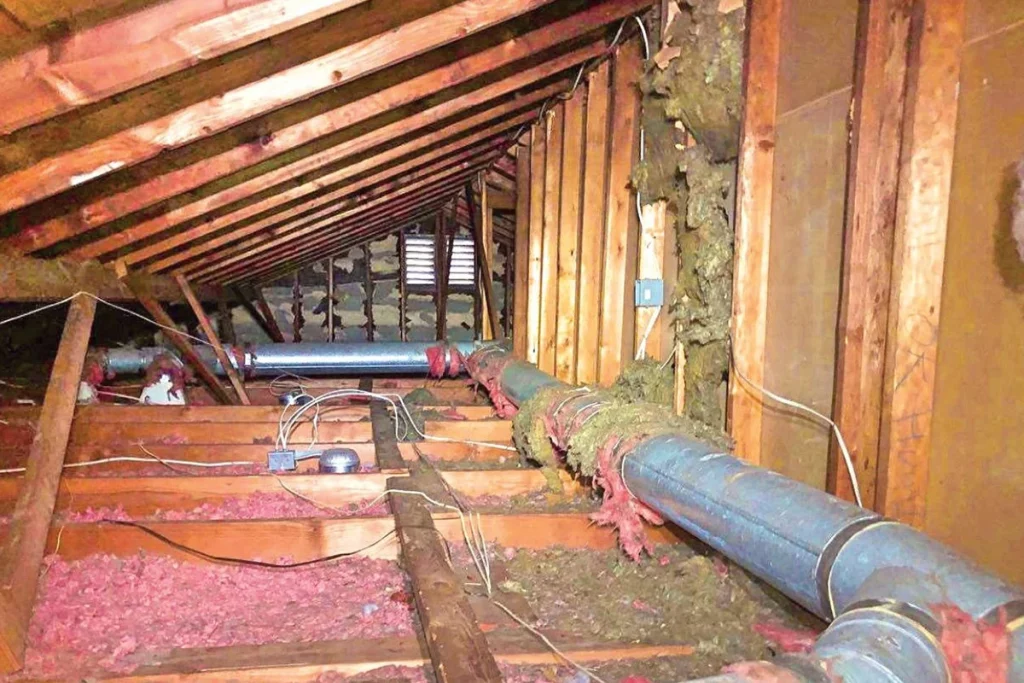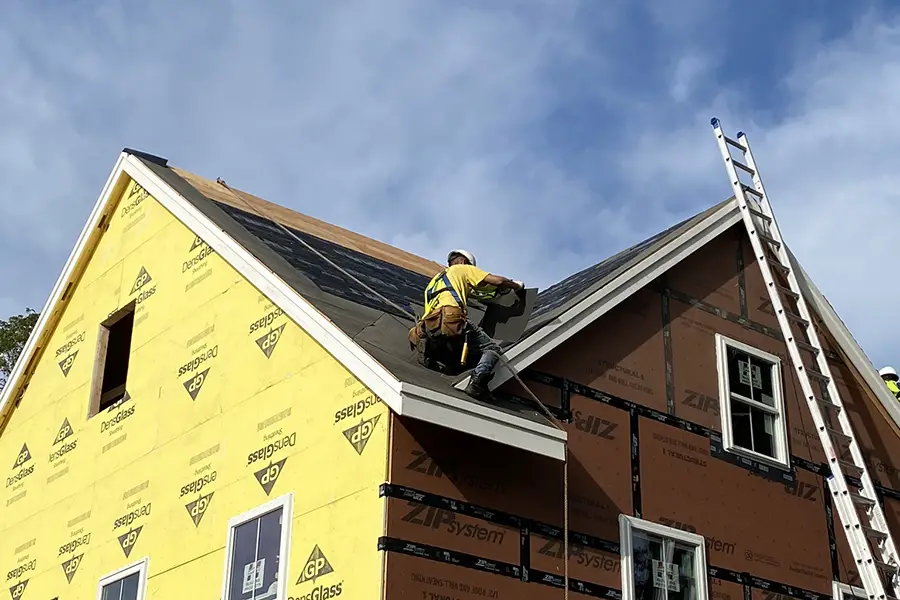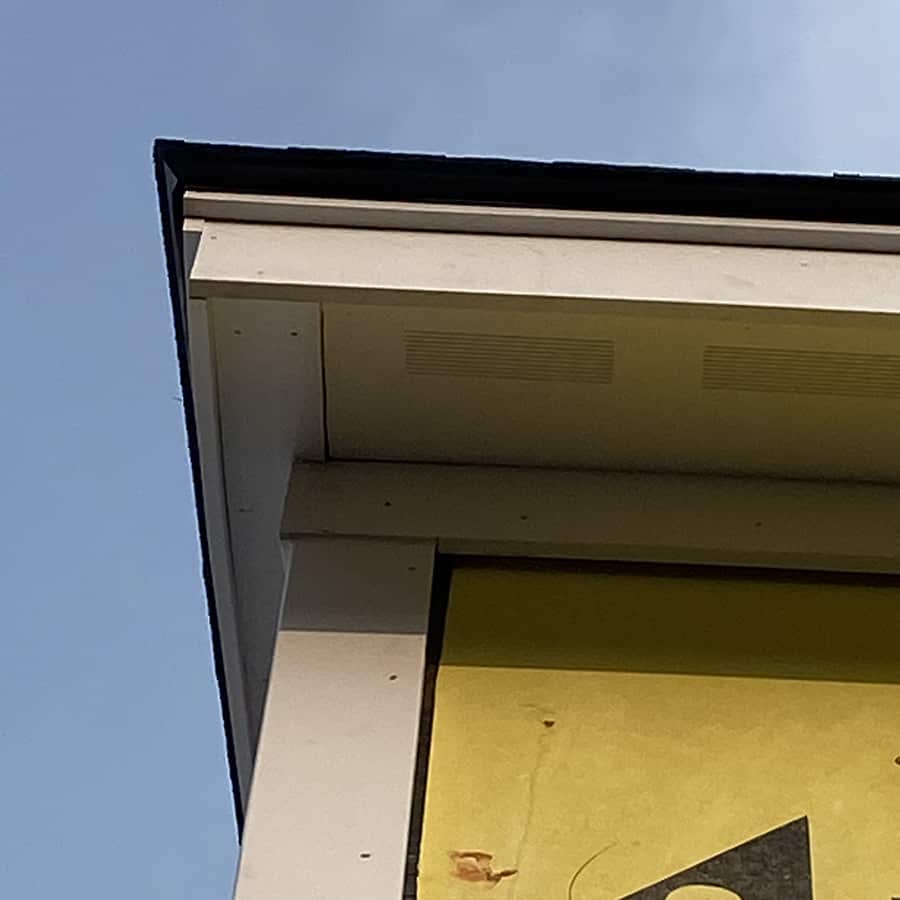Attic insulation is a necessary part of your home. It’s either installed just above the ceiling (“cold” or “vented” attic) or on the underside of the roof sheathing (“warm” or “conditioned” attic). This insulation helps to moderate the temperature inside, keeping the home warm or cool based on the time of year. Efficient and properly installed insulation can help curb high energy costs by reducing the amount your mechanical systems are running.
There will come a time when you may consider replacing the insulation (we list some reasons below).
Once the time comes, the question becomes, “Should you hire someone to remove the insulation or take on the task yourself?”. Some homeowners will choose the latter and remove the insulation themselves. Some do so for the experience, while others want to save money. Regardless, you’ve come to the right place to learn about different attic insulation products.
Reasons you may want to replace your attic insulation
There are several reasons why one might need to replace attic insulation. Below we’ve provided you with some of the top reasons homeowners go this route.
- Pests
- Leaks and water damage
- Insulation upgrade
- Renovations
Pests are regularly the reason behind people having to change insulation in their walls, attics, and crawlspaces. Insects, mice, etc., build nests within the material. That material must then be removed to rid structures of infestations and the waste that comes with it.
Roof leaks can also cause homeowners grief. Leaks require homeowners to replace shingles, rafters, sheathing, drywall, and anything below in the water’s path. If water comes through your roof, don’t forget to remove the wet insulation.
Most insulations are not water resistant and the moisture can promote mold growth or lower the thermal value. This, if allowed to go unchecked, can lead to costly remediation down the road and potential for health problems. Be sure to remove all mold before installing new insulation!
Many homeowners elect to replace attic insulation for improved thermal performance. They grow tired of paying high-dollar energy bills in the summer and winter months. Many states offer incentive programs to remove old insulation and replace it in order to improve the thermal performance of the home, so make sure to look into any potential deals.
You may also be doing some renovation work. Sometimes trying to work around, protect, and “deal” with the existing insulation is more trouble than it’s worth. This may lead a homeowner to decide to remove and replace it.
Now, let’s look a little closer at the types of insulation you might encounter. Then, you’ll be able to weigh the pros and cons to decide if a DIY approach is right for you.
What are the nuances of removing different types of insulation?
If a homeowner ventures up and into their attic, there is a good chance they’ll find one of four types of insulation. Thus, those common varieties will be discussed here today. This will allow you to see the good and the bad associated with batt insulation, cellulose, loose fill fiberglass, and spray foam.
Batt Insulation (Fiberglass & Mineral Wool)
Sometimes, a person doesn’t need anything more than trash bags, protective gear, and their hands to remove insulation from an attic. That is often the case when it comes to batt insulation. These “blankets” come with or without faces and can be rolled up for removal. Even with paper on the outside of a batt to grab, you can still come into contact with materials that can irritate the skin. In either case, you’re going to want to wear the appropriate protective gear. This insulation is the easiest to remove yourself.
Cellulose Blow-In Insulation
This type of insulation is fairly common in unfinished attics. It’s usually the choice replacement for other insulations due to its ease of installation – it’s literally blown-in make it fast and easy to get into tight places. It’s generally made of recycled materials and is much less irritating that fiberglass. However, it can absorb moisture over time, which is a major downfall.
To get such a product out of an attic, a wet/dry vacuum will work in a pinch. However, if the area is large, you’ll want to rent an insulation removal vacuum. The machine will make easy work out of removing the insulation, and it shouldn’t send a ton of particles into the air.
Trying to use a shovel and trash bags can be risky as you’re not sure what much be buried in the insulation. There could be wires, light fixtures, flex duct, etc. that could be damaged in the process.
Loose-Fill Fiberglass Insulation
Most people are familiar with fiberglass batt insulation, but it can also be used as a loose fill product that is blown in. It’s one of the cheaper attic insulation choices, but also is most likely to fail.
Installers and removers of loose fill fiberglass must wear protective clothing like long sleeve shirts, pants, respirator, eye protection, and coveralls when working with them. If they don’t take these measures, tiny glass particles can get beneath and irritate the skin.
In addition, consider the particulates in the air. Plan on changing air filters for HVAC equipment afterwards and protecting ductwork.
Also, as mentioned with the cellulose insulation above, you’re going to need an insulation removal vacuum for a big loose-fill fiberglass insulation project. So don’t let that expense throw you for a loop.
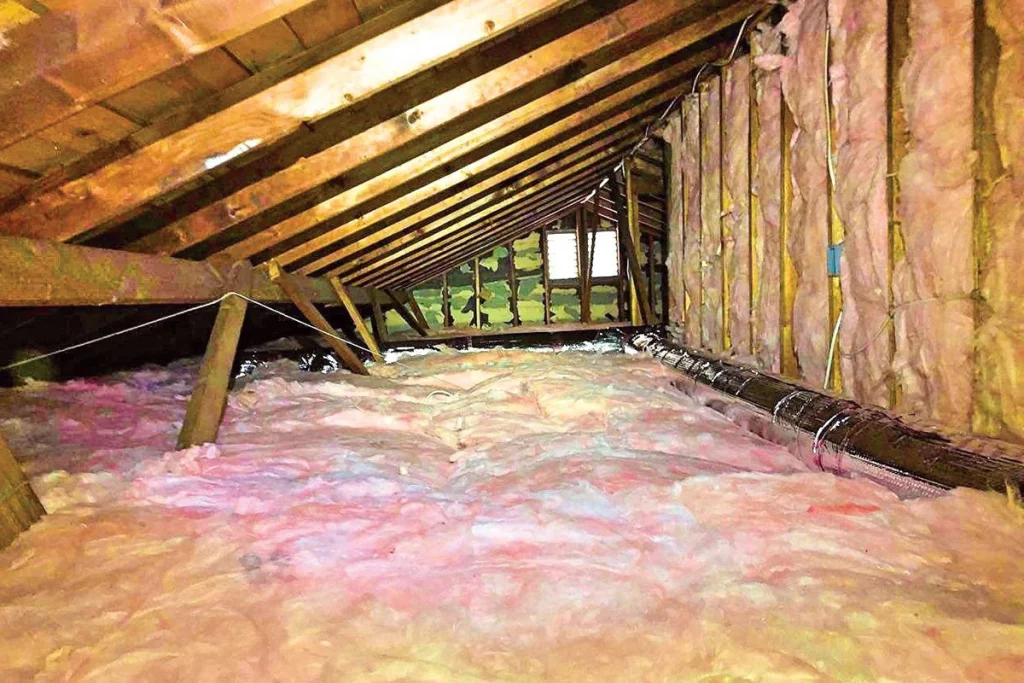
Spray Foam Insulation
Spray foam has become a popular attic insulation over the years and there are two primary types: open cell and closed cell.
Open Cell
Open cell spray foam is a high expanding foam ideal for open cavities (i.e. not cathedral ceilings). It’s less dense and has a lower R-value per inch, but creates less off-gassing during installation that closed cell. Although open cell spray foam is a good air barrier, it is not impervious to water vapor, which makes it susceptible to water damage.
Closed Cell
Closed cell is hard, dense, and difficult to work with once it’s in place. It provides better air sealing and thermal barrier, but is essentially a “permanent” product. This means that it’s also the least likely to need to be removed. It is highly resistant to pests and water damage.
Removing it will require saws and scrapers (which will damage the rafters, shingle fasteners, and sheathing) and will be extremely time consuming to remove, but can be done in small areas. This process will only be slightly easier for open cell spray foam.
In reality, if the underside of your roof is sprayed with closed cell insulation and it needs to be removed, you’re looking at the removal of the roof sheathing in it’s entirety.
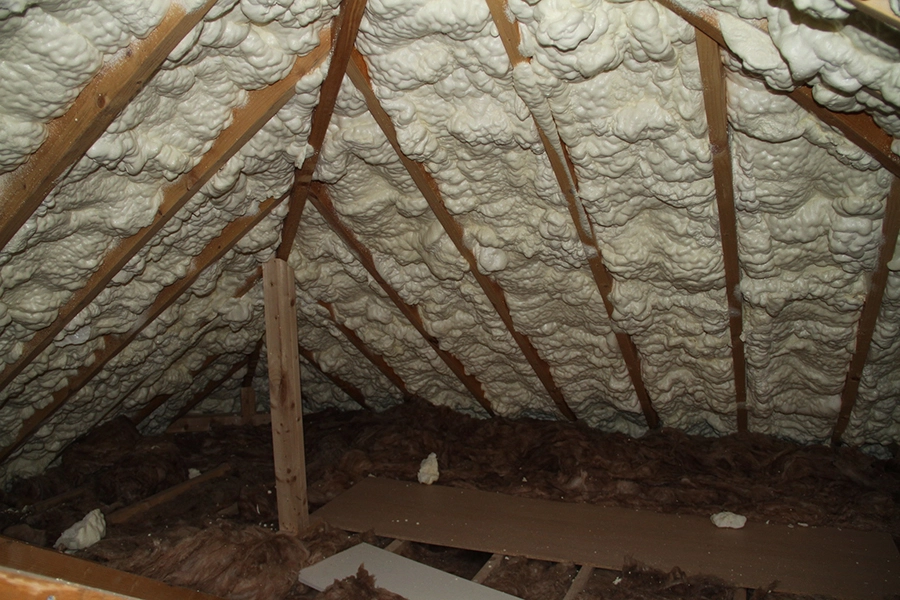
Should I remove my attic insulation myself?
The only major advantage of removing attic insulation yourself is that it might save you some money. The price for removing attic insulation will vary, but research indicates you should expect to spend at least $1 to $2 per square foot on the service.
In order for there to be a cost savings, you’ll need to consider:
- Do I have all the tools I need to remove the insulation, or do I have to buy or rent them?
- How much protective gear do I already have? What do I need to buy? This includes personal protective gear as well as methods of protecting the inside of your home.
- How will I dispose of the insulation when it’s done? Will I have to pay for it?
Final Thoughts
With all of this new knowledge, hopefully, you can now decide whether to remove your attic insulation yourself or hire a company to do the deed. Just weigh the pros and cons of the two alternatives. Then, pick the one that meets your needs best.
Main image source: Owens Corning Facebook
If you’ve removed insulation yourself, or have some experience with it, let us know in the comments below.

